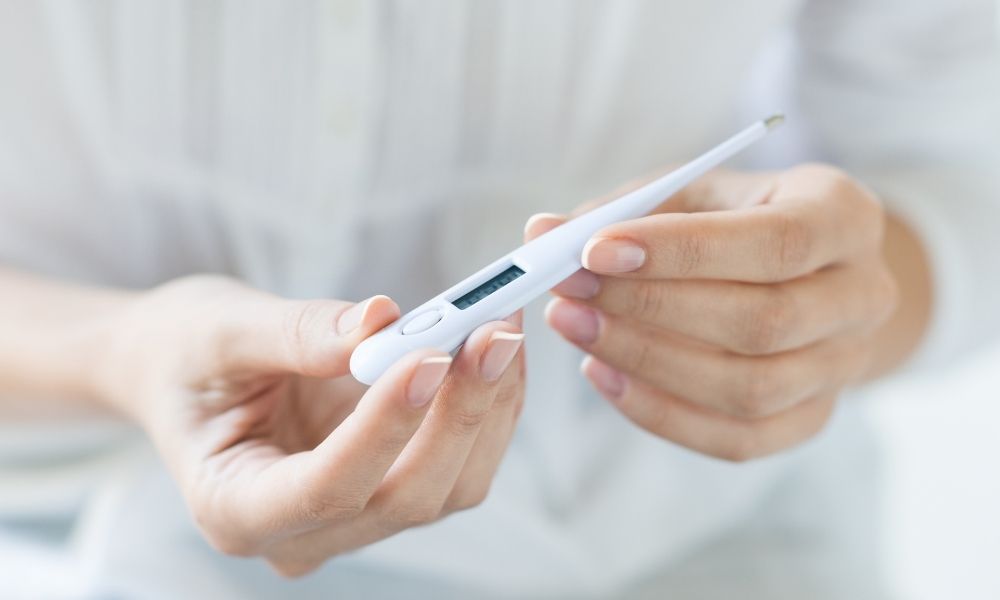
What is the proper way to use a thermometer? A thermometer is a great tool to have around the home to help diagnose a potential sickness like a cold or the flu on your own. However, it’s only effective if you know how to use it the right way. Using a thermometer can be done in several ways depending on one’s age. Keep reading to learn how to correctly use a thermometer to take your temperature with several different methods.
Method #1: Oral
If you’re suffering from a sore throat, there could be many reasons why, and one way to help decide if it’s allergies or a cold is to look for a fever. The first way many tend to check their temperature is with a digital thermometer, using the oral method. To do this correctly, place the thermometer under your tongue and close your mouth. You will also want to make sure you do the following:
- Wash your hands
- Make sure the thermometer is clean
- Avoid any food or drink at least 5 minutes before
- Hold the thermometer under your tongue for 40 seconds
Then, wait for the thermometer to sound off to see where the temperature lies. This method is best for adults and children who can keep the thermometer in their mouth for the necessary time.
Method #2: Rectal
For babies and children who are 3 years or younger, checking the body’s temperature with the rectal method is common. However, this method can be difficult because you must keep the child still in order to record an accurate temperature. Here’s how to correctly use a thermometer to take your temperature with the rectal method:
- Place lubricant on the tip
- Put your baby on their belly
- Keep a diaper underneath to catch any feces that might occur afterward
- Only stick the tip of the thermometer into the rectum
- Hold it there for 30 seconds or until you hear a sound go off
- Thoroughly clean the thermometer afterward with soap, water, and alcohol
Method #3: Axillary
Another common method used to check one’s temperature with a digital thermometer is to use the armpit, which is also known as the axillary. This is a great alternative to the oral method for checking for a high temperature. To do this properly:
- Remove your child’s shirt
- Make sure their armpit is dry
- Hold the thermometer underneath the armpit with your child’s arms down
- Wait until you hear a beep, which can take longer than 30 seconds
- Clean the thermometer afterward with soap and water
It’s also important to note that the axillary method isn’t as accurate as the previous methods, but you can use it to check someone’s temperature quickly. You can also use this method to supplement other methods.
Method #4: Ear
Knowing how to use any thermometer at home can be useful. In addition to a digital thermometer, there are other types of thermometers you can use, such as a tympanic device. This is another great option if you need to take a baby or young child’s temperature in a fast and efficient manner, but you must use the device correctly.
- Open the ear canal carefully
- Put a protective cover on the tip of the thermometer
- Insert the thermometer into the ear, but only until the canal is closed off
- Hold the button until you hear a sound
- Remove the thermometer and dispose of the cover
Method #5: Forehead
Finally, you can also try to check someone’s temperature by using a forehead thermometer, which is also known as the artery thermometer. To use an artery thermometer properly:
- Put the protective cap on
- Place the thermometer carefully on the forehead
- Remove the protective cover after you get the temperature
Forehead thermometers aren’t as common because they aren’t as reliable as digital thermometers and can be more expensive.
No matter the method, if the thermometer reading shows 100.4°F, you have a fever. If the temperature reaches 102°F, you should visit a Houston ENT clinic for further examination. For more questions on the correct ways to use a thermometer, contact us today.



